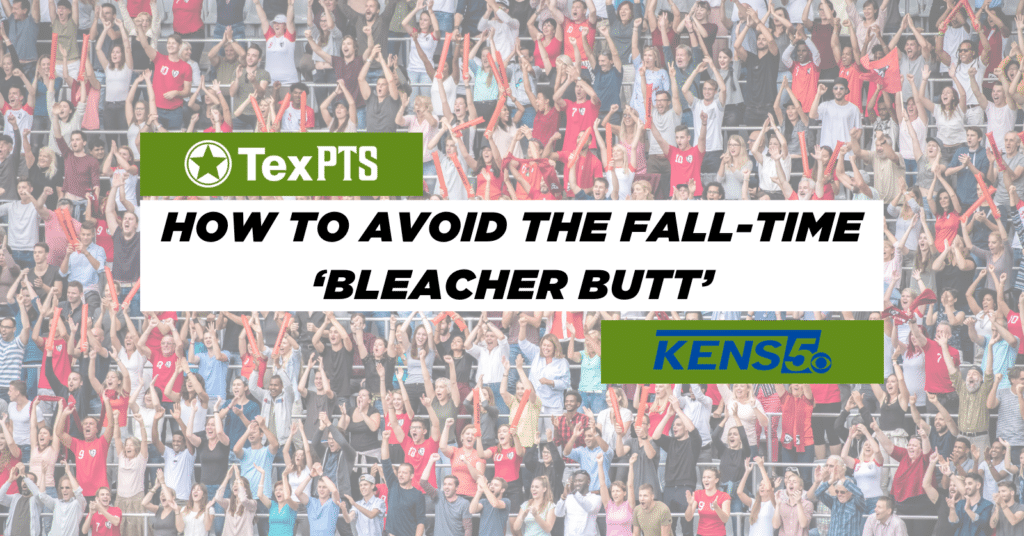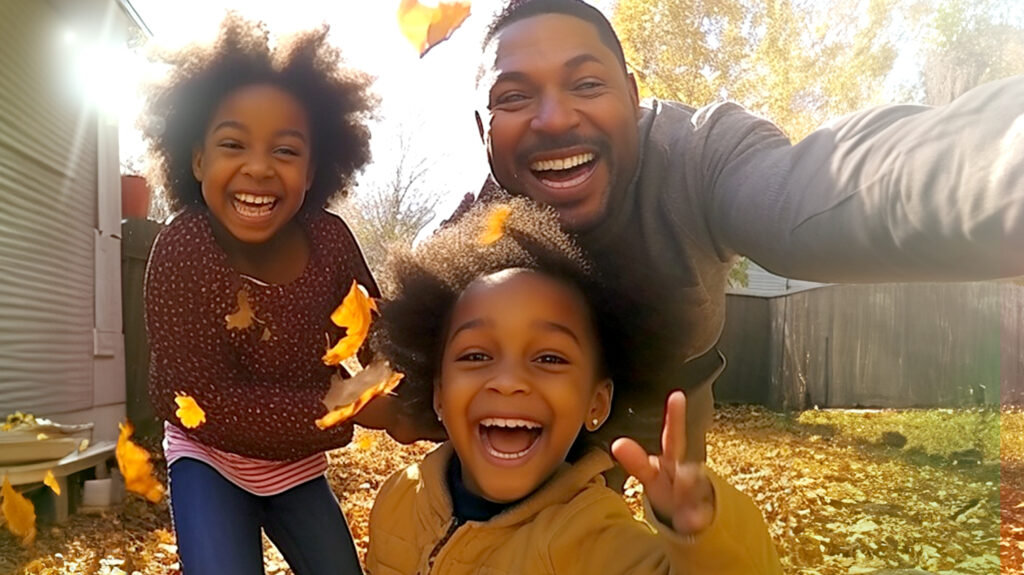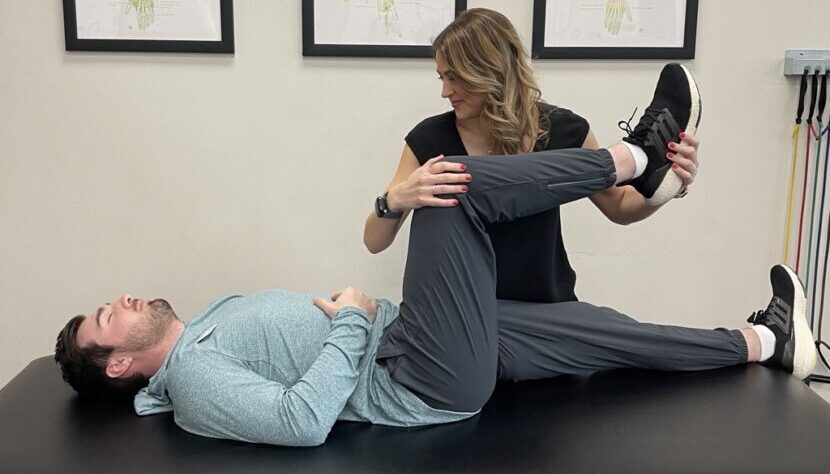What is Juvenile Arthritis?
Everyone knows that arthritis is very common in adults. However, it is difficult to imagine children developing any sort of arthritis. Juvenile arthritis is an autoimmune disorder where the body does not recognize its own healthy tissues and attempts to attack itself by releasing inflammatory chemicals. This inflammation travels to joints, blood vessels, and organs and causes pain, joint stiffness, and even problems with organ function. Researchers are not sure what the definite cause of juvenile arthritis is but think it could be related to gene activation after exposure to certain bacteria or viruses.
Juvenile arthritis affects nearly 300,000 children and teenagers in the United States each year. There are several types of juvenile arthritis, including juvenile idiopathic arthritis, juvenile myositis, juvenile lupus, vasculitis, and juvenile scleroderma. These types cause different symptoms to watch for throughout the body. Myositis causes strength loss in muscles. Lupus creates inflammation in the skin, within joints, and within organs. Vasculitis is a type of arthritis that causes inflammation within blood vessels while juvenile scleroderma creates a skin texture that is tough and tight.
There are also six different types of juvenile idiopathic arthritis (formally known as juvenile rheumatoid arthritis). These types are oligoarthritis, polyarthritis, systemic, enthesitis-related, juvenile psoriatic arthritis, and undifferentiated arthritis, which all have different characteristics. Polyarthritis affects at least five joints, while oligoarthritis affects less than five joints. Psoriatic arthritis causes skin rashes and systemic arthritis causes rashes, joint pain, and inflammation of internal organs. It is important to work with a pediatrician to know which type of arthritis a child has to receive the best treatment.
Signs & Symptoms Of Juvenile Arthritis
It is scary as a parent when your child complains of pain. It is also tough to determine if a child’s pain is normal from growing or part of a disease process. Parents and children should know the symptoms of juvenile arthritis so they can communicate any concerns to their child’s pediatrician.
The most common symptoms across all types of juvenile arthritis are pain, swelling, and joint stiffness. Children may develop a fever, a rash, and enlarged lymph nodes across their bodies. Because juvenile arthritis can affect children as young as six months, it is important to recognize how infants communicate symptoms without speaking. Babies may develop warmth around their joints, a fever, weight loss, irritability, and trouble sleeping. Children with juvenile arthritis may develop more slowly than their peers. This means that children may achieve things like crawling and walking months after other children their age.
Parents should never ignore potential arthritic symptoms in their children regarding growth, development, or joint pain. The risk of ignoring juvenile arthritis is joint or organ damage from high levels of inflammation. Parents should mention any of these symptoms at their child’s visits to the pediatrician to screen for arthritis and diseases that cause developmental delay.
How Physical Therapy Can Help Juvenile Arthritis
Juvenile arthritis should be managed with an interdisciplinary approach, including a pediatrician, a rheumatologist, and a physical therapist. Physicians often prescribe anti-inflammatory medication, such as non-steroidal anti-inflammatory drugs, anti-rheumatic drugs, biological modifying agents, and/or steroids to remove inflammation and slow the disease process.
The purpose of physical therapy for juvenile arthritis is to reduce pain with movement, maintain range of motion in joints, and maintain healthy muscles with strength and flexibility. Physical therapists may recommend braces and splints to support joints as the child grows or use aquatic therapy to help children experience more mobility and less pain in their joints while in a pool. Parents should have confidence in their child’s physical therapist to address any joint pain or arthritis complications to allow their child to play, grow, and develop normally.



